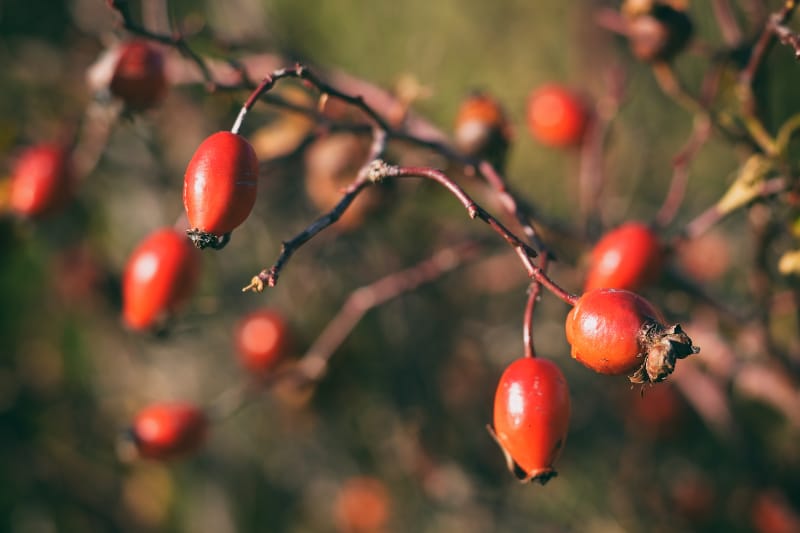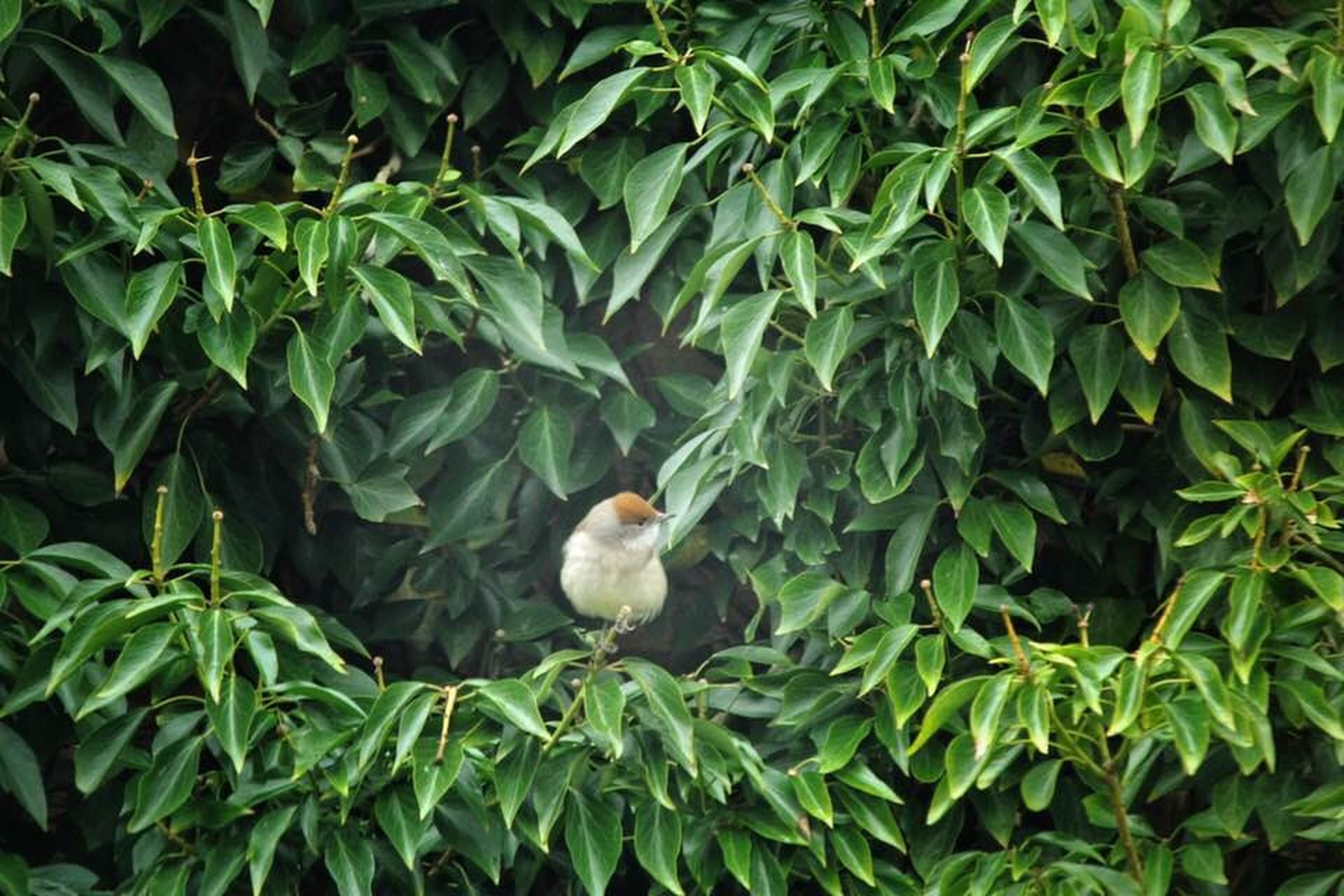Nothing in Basket!
With winter around the corner, it's time to consider how you can help wildlife through the colder months ahead.
Leave seed heads alone. The birds (house sparrows, blue tits, great tits, coal tits and goldfinches) love eating the seeds from fennel, verbena bonariensis, teasel, echinacea, cornflowers and much more.

Don't cut mature ivy back, where possible, as the flowers are nectar and pollen rich and help out late-flying insects. Once the flowers turn into berries the birds will be all over them. Ivy also creates a safe environment for many animals to roost, shelter and hibernate.

Now is the time to get crocuses in. Either plant them underneath your grass, in borders or in pots. They will feed hungry queen bumble bees in spring.
Use your prunnings and clippings of shrubby material to create a dry wildlife mound. Place it behind a shed or at the back of a border. You can continue to add to this throughout autumn. If you have larger logs, then create a dead wood habitat (stack wood on top of each other, with the first layer half buried in the ground).
You'll be creating the perfect place for a lot of wildlife to shelter within.
Keep bird feeders stocked up with peanuts, sunflower hearts, suet balls, buggy bites and meal worms. We often put out apples, pears, raspberries, strawberries and blueberries which the birds soon devour. Provide plenty of clean water, birds still need to drink and wash during the winter months.

Variety is key to supporting nature and wildlife. The best thing you can do to get started is add a tree (preferably fruiting), add water, have a pile of logs on the ground, don't use pesticides and don't prune or tidy the garden as often.
From there add as wide a variety of plants and flowers of differing heights, including ground covering plants.
Wild, cultivated, native, non-native are all good at the time of writing. But the best thing you can do for the environment is having the right plant in the right location, this means you don't have to change or improve your soil, or water lots throughout the year.
It's a good idea to add wildflowers to your garden as they are endangered and may disappear from the wild. They also give pollinators something different to fed on.
To improve your garden for wildlife doesn't mean you have to have a scruffy looking garden, so don't beat yourself up if you choose to have mainly short grass, or want the edges to look tidy.
Nothing in Basket!
